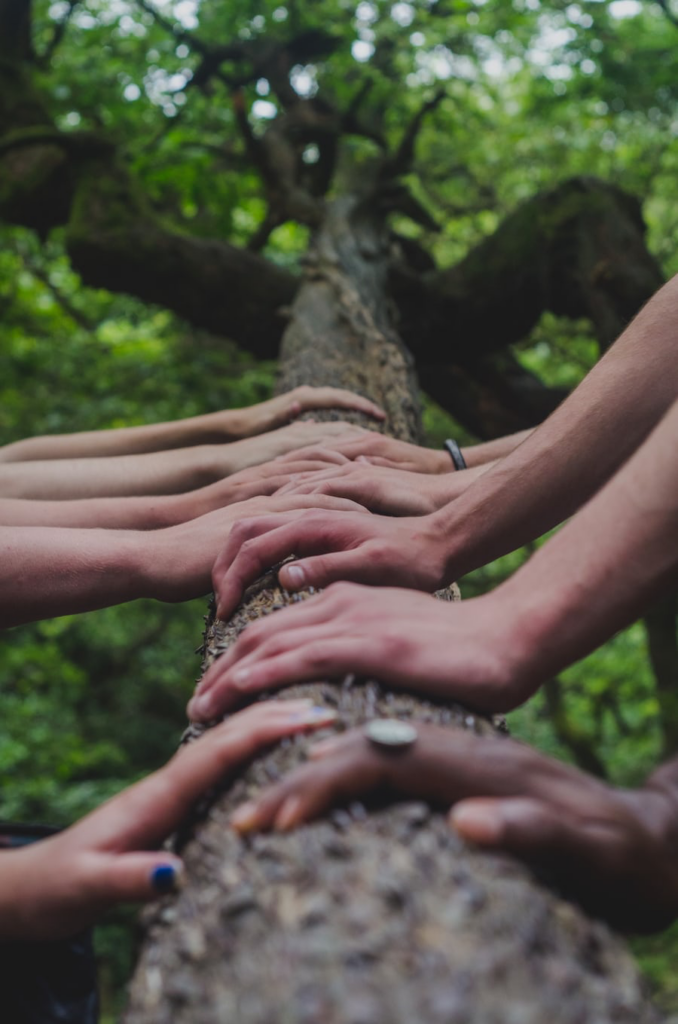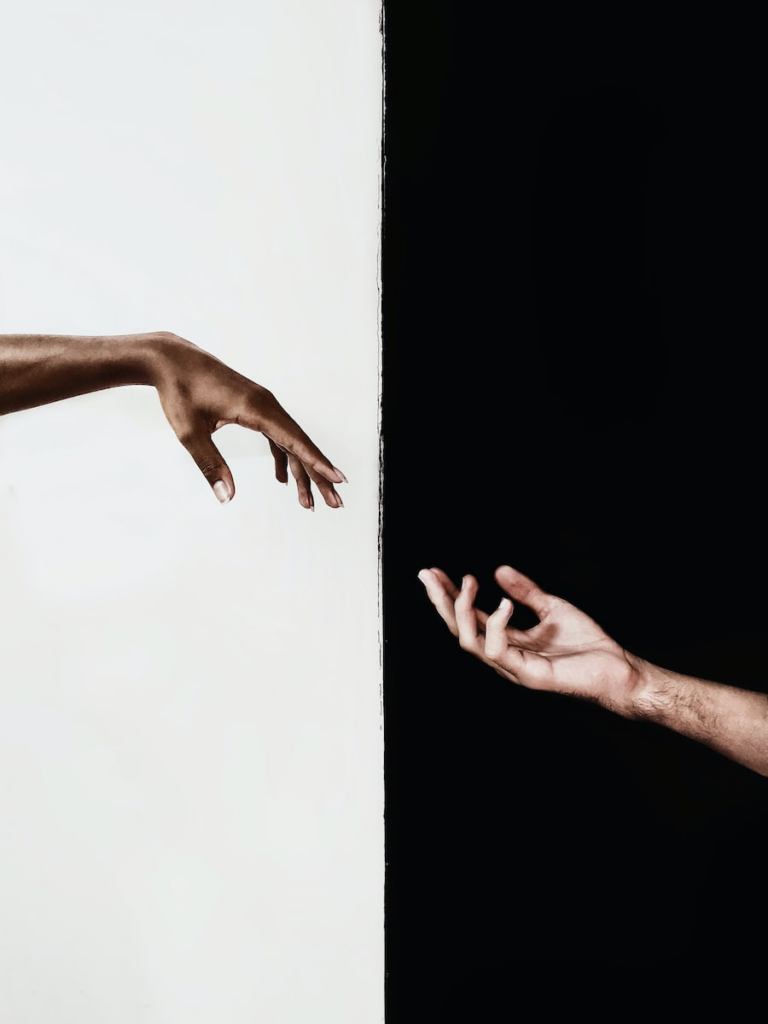An interesting series on Netflix – The Bold Type – recently that tracked the lives of three young millennials making it in the fast-paced publishing world in New York provided much food for thought. It tackled, under all the glitz and glamour of fashion, photo shoots, meeting deadlines and romance in the city, some pressing issues such as accepting people for who they are and allowing people equal opportunities even when it is not part of workplace policy. This latter makes a great example for inclusivity based on multiple identities. While attempting to hire someone for her team with ‘a different voice’ one of the main characters in the series, the Head of the Social Media Department at a magazine for women, finds herself hitting a roadblock as company policy dictates that no one without a college degree can be hired. A biracial woman hailing from a privileged and educated background, she realises that she needs to take a stand to hire this young girl from a racially-diverse background who was given the opportunity to attend college but could not, because she faced financial challenges. She is given the chance to be heard and finally, is hired for the job. But this is television. Is it this clear-cut in the real world?
Probably not. However, things are slowly moving towards betterment. For starters, people are being made more aware. As Kimberley Rios and Adam B. Cohen note, “Alongside (…) demographic changes, discussions about diversity, equity, and inclusion are growing in both prevalence and controversy within institutions and organizations, and among the public.” There are myriad resources online now that discuss intersectionality that are also persuading teachers, students, employers and those in positions of authority to take note of the various aspects of inclusivity within the classroom, in the workplace and in public domains. Intersectionality looks at how our various identities can either place us in a position of advantage or disadvantage in certain situations. The term was created by Kimberlé Crenshaw in 1989 to explain those who are most sidelined by power dynamics based on identities.
Paul Harpur, Dino Willox and Brooke Szucs, in an article on this show that at university level, there needs to be a focus on intersectionality that takes a person’s multiple identities into account when drafting policies. They say that often, “Universities adopt diversity and inclusion plans to achieve equity for specific areas such as gender, sexuality or disability.” This results in people such as, for instance, a gay Black student being supported on one front but not on the other. Then, the outcome is quite like the character in the above tv series who could not be hired at first because although the company wanted to give those from diverse racial backgrounds a chance, they still did not want to hire someone without a degree. The focus here is only on a specific area of inclusivity.
Multiple identities, intersectionality and the need of the hour

All of us cannot pinpoint one thing that makes us who we are and say, “I am this” or “I am that.” We are an amalgamation of different social and political identities that also intersect with our economic background and various demographics that either peg us as privileged or as a discriminated group. For example, one can say that they are a Christian, Hispanic, Heterosexual, Feminist, Differently Abled, Middle-Class individual. These multiple identities that we carry with us that make us who we are. They are important in our everyday lives and we cannot be made to choose which identity is more important than the other in making life decisions.
So, what needs to be done? Being more aware of the ground situation certainly helps. In today’s lingo this means being ‘woke’ – being alert to racial prejudice and discrimination but on a broader perspective also includes matters relating to gender and various identities. Talking about people’s experiences in dealing with identity issues should then be a priority. Starting discussions that expose the weaknesses of our society can then lead to the drawing up of proper policies in education, employment and the public space to cover the existing loopholes in intersectionality.
The Center for Creative Leadership suggests that it is also important to generate interaction between people belonging to different identity groups so that there is cooperation across confines. Thus, when opportunities arise to allow people from diverse backgrounds to work together, it must be facilitated in a manner that develops parity across identities. This will then be invaluable knowledge on informing company HR decisions, school admission policies, state regulations on financial support, etc.
The challenges

Inclusion based on multiple identities and diversity is not an easy road. Those who are working towards changes in these areas have acknowledged that there are pitfalls that hamper progress such as legal difficulties, the ability to hear another perspective and remain uncritical and unbiased, and that contexts may vary in taking diversity and identities into consideration. In the first, there is no better current example than that of the US Supreme Court decision in June this year in The Students for Fair Admissions v. President and Fellows of Harvard College. The Supreme Court ruled that the university admissions did not adhere to the principles of the equal protection clause of the Fourteenth Amendment in its admissions by allowing for race-based admissions to enable more diversity in such universities. It is the view of many that while the court decision has its merits, it may also set the precedent to denying minority groups equality.
In the second, I return to my television programme to better explain the difficulties involved. In the same episode, another main character (the friend of the biracial young woman who was pushing for diversity in her recruitments) attended what she thought was an extremely successful job interview, only to be turned down because she did not belong to the racial minority which that company too was focused on advocating for in its recruitments in a bid for more inclusivity. This led to a heated argument between the two friends who debated on the merits and demerits of that company’s decision. Finally, it became evident that they both needed to listen to each other and understand from where each of their arguments stemmed.
In the third challenge regarding context, Rios and Cohen give this valid example: that even though atheists are safeguarded by the 2016 amendment to the International Religious Freedom Act, it still remains illegal in certain Muslim countries. This poses problems in perpetuating inclusivity and diversity in such countries and areas in the world. Such a problem is one among many contextual issues, and these sorts of setbacks are not easy to override.
Thus, until global changes take place in the sphere of diversity and inclusivity, incorporating these into all areas of life will be an uphill struggle. But we need to keep moving forward one step at a time. After all, if we don’t try in every way we can, we will never get there.
(Anouk De Silva)
